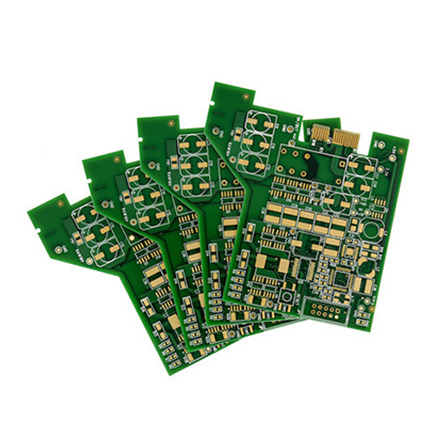

The Beauty and Functionality of Tinted Glass Colors
Tinted glass has become more than just a functional material; it is a design element that enhances the aesthetic value of buildings and spaces. The diverse range of colors available in tinted glass allows architects and designers to express their creativity while addressing practical needs such as energy efficiency and privacy.
The Beauty and Functionality of Tinted Glass Colors
When selecting tinted glass, the aesthetic implications are substantial. Colors can evoke specific feelings and moods; warm tones like amber and bronze can create a cozy atmosphere, while cool tones like blue and green can produce a calming environment. Additionally, tinted glass can enhance architectural elements, allowing buildings to harmonize with their surroundings or stand out as statement pieces. For instance, sleek, modern skyscrapers often feature reflective blue glass that mirrors the sky, blending seamlessly into the urban landscape, while historic buildings may use muted earth tones that complement their traditional design.

Beyond functional and aesthetic considerations, tinted glass also plays a crucial role in enhancing privacy without sacrificing natural light. Engaging with tinted glass allows for various levels of transparency and opacity. Lighter tints can obscure the view from the outside while maintaining visibility from the inside, offering a balance between openness and privacy. This is particularly advantageous in urban settings where buildings are in close proximity to one another. By integrating tinted glass into design, architects can provide occupants with a sense of seclusion without making the space feel enclosed or dark.
Moreover, tinted glass is not without its challenges. The selection process involves a careful assessment of the specific needs of a project, including local climate, building orientation, and intended use of the space. For example, while darker tints may be effective in colder climates to absorb heat, they might create an uncomfortable indoor environment in hotter regions without the right air conditioning systems in place. Therefore, it's crucial for architects and designers to collaborate with specialists in glazing to find the most suitable tinted glass options for their projects.
In recent years, advancements in technology have led to the development of high-performance tinted glass. This type of glass combines the benefits of tinting with improved UV protection and glare reduction. As sustainability becomes increasingly important in architecture, this type of glass is becoming a preferred choice in eco-friendly buildings.
In conclusion, tinted glass colors offer a compelling blend of beauty and functionality. They enhance the overall aesthetic appeal of spaces while providing effective solutions for energy efficiency and privacy. As technology continues to advance, the applications and benefits of tinted glass will only expand, allowing architects and designers to create stunning environments that prioritize both form and function. Whether used in residential, commercial, or public buildings, tinted glass remains a versatile choice that contributes to the evolving landscape of modern architecture.